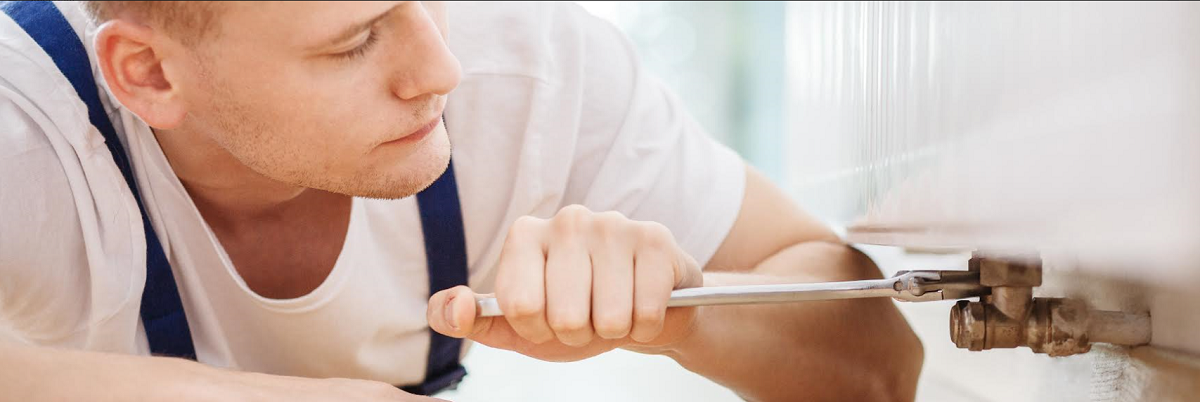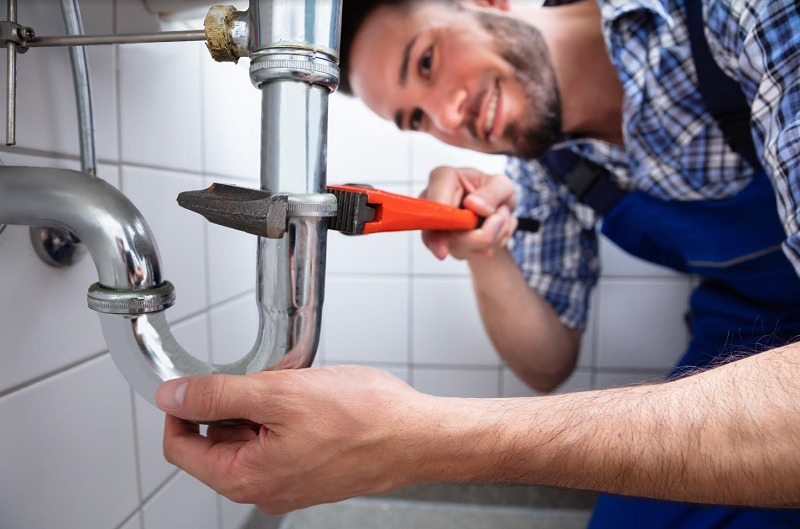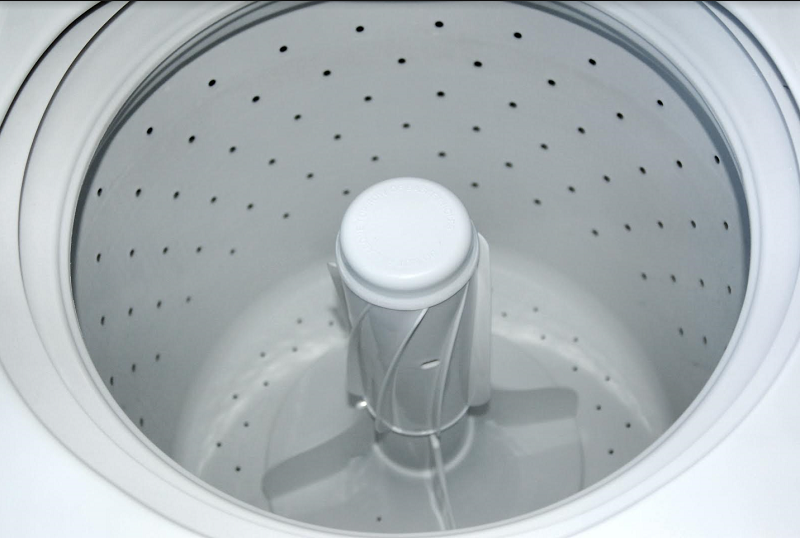The Top 10 Reasons for an Increasing Water Bill
There can be all sorts of reasons why your water bill increased. Before you panic, it is a good idea to take a look at your historical water usage. You can do this by reviewing your bills for the past 12 to 18 months. Start by looking to see if you used a similar amount of water during the same billing cycle last year.
Quite often, most people are surprised to see how their water usage fluctuates during different times of the year. For example, in the summer months, your water bill could be more if you water your yard frequently, have a swimming pool to fill up, spend more time washing your car, and so on.
After checking out the historical usage, if you noticed a pattern where your water bill is increasing every month, then you may have some type of plumbing problem that needs to be addressed and fixed. Some plumbing problems may be quick and easy to fix on your own while others could require help from professional plumbing service technicians.

1. Leaking Water Heater
If you have a leaking water heater, your water bill will increase. Most people don’t think to check their water heater when they discover their water usage has been increasing month-over-month. With tank-type water heaters, look around the base of the water heater for signs of leaks.
The drain pan underneath the heater may show signs of dampness and water that could range from standing water if the drain is clogged to water droplets if the water is draining down the overflow drain correctly. Rust around the base of the heater could also be an indication of a slow leak.
2. Leaking Toilet
A leaking toilet can be difficult to diagnose, depending on where the leak is. If the flapper inside the tank has worn out, the leak is easier to detect. You will hear water filling inside the toilet tank periodically. You might notice running water inside the toilet bowl. Fixing a worn-out flapper is not too difficult.
Another type of toilet leak is when it is coming from around the base of the tank. If the water is flowing out onto the bathroom floor, all that may be necessary to stop it is to tighten up the bolts on the toilet base.
However, if the leak is coming from underneath the toilet bowl, the wax ring may have broken and is no longer sealed. To fix this type of leak, you will need to remove the toilet from the floor and install a new wax ring. This is one job where people typically call in their bathroom plumber for help.
3. Leaking Faucets and Fixtures
Faucets and fixtures do wear out from continued use. There are washers, seals, and other moving parts inside that eventually can cause leaks. One of the most common leaks is water dripping into the sink, tub, or shower. This leak is easy to fix by either replacing the internal hardware on the fixture or installing a brand new fixture instead.
Another type of faucet leak is when it is coming from the plumbing lines that connect to the fixture. If you notice water underneath kitchen or bathroom sinks, check and verify the water is not leaking where the hot and cold water lines connect to the faucet. If it is, try tightening it to see if this fixes the problem.
4. Leaking Drain Lines
Drainpipes can develop leaks for various reasons. The pipe connections can become loose, cracks can develop from age, and so on. Drainpipe leaks, if the pipe is underneath the sink and accessible, can be a quick fix by simply installing a new section of drainpipe. For drains that are hard to access, like underneath the bathtub or shower, you will probably want to call a bathroom plumbing company for help.

5. Incoming Water Supply Line Leak
The primary water supply line could develop leaks. If the leak is before the water meter, you will not see an increase in your water usage. However, if the leak is on the output side of the water meter, then you will notice an increase in water usage.
Some common signals of incoming water supply line leaks include:
- Wet Grass: If you notice there is one specific section of grass that is always wet, you could have a water supply line. This symptom is also common with sewer line leaks.
- Soft, Muddy Spots: Another symptom is if you step down and the ground is soft and muddy. This is also another common symptom that could indicate a sewer line leak.
- Water Stains: Depending on where your water meter is installed, you may notice water stains in its general location. For example, if your water meter is in your garage, you may notice staining on the concrete garage floor slab or on the sides of walls where the water is plumbed into the home.
6. Leaking Water, Sewer, and Drain Pipes
If you have a water supply line or sewer and drain pipe leak that is hidden behind drywall, it may not become evident right away. The only indication you may have a leak in a water supply line is the increased water usage on your water bill. To find out, an easy test is to shut off all water in the house, read your water meter, wait a few hours, and check your water meter. If it has moved, then you have a leak.
For sewer and drain pipe leaks, you might hear the sound of dripping water or discover patches of wetness. You might notice funky smells too. Eventually, you will realize there is a leak when you notice water staining on the ceiling or walls in your home.
7. New Water-Intensive Equipment
When there are no leaks to be found in your home, the increase in water usage could be from new water-intensive equipment you recently installed. For example, did you just have your new in-ground pool filled? A new sprinkler system could also result in higher water bills.
8. Non-Water Conserving Appliances
If you recently purchased new appliances but did not verify they had water-conserving features like your old appliances, you will notice your water bill increase. Always take the time to verify new appliances have water-conserving features, as well as energy-saving ones to keep water bills and energy bills from increasing.

9. Developing New Bad Habits That Waste Water
You might think that making some changes to your water usage habits would be good, but ultimately they might actually be bad. For example, washing dishes by hand wastes more water than using your dishwasher.
Replacing your front-load washing machine with a top-load model is another mistake that leads to increased water bills since top-load machines use double to triple the amount of water per load of laundry.
Two other bad habits that wastewater are running the dishwasher when it is not full and washing partial loads of laundry. It is better to wait until the dishwasher is full and you have a full load of laundry if you want to save water.
10. Rodents Have Moved into Your Home
Rats, mice, and other rodents can be attracted to PEX and other types of water supply, drain, and sewer lines. They like to chew on the hard plastic materials. Eventually, they can chew through the pipe and create a leak in your home.
If you are hearing strange sounds in your walls, ceiling, and attic or under the flooring, you may have unwanted guests in your home. It would be a good idea to have your pest control expert do an inspection. Once the rodents are removed, you should schedule a leak detection service with your plumber to check for leaks the rodents may have created.
Contact Christianson
As seen above, there can be all sorts of reasons why your water usage and water bills are increasing. If you notice your bills are increasing, it is vital to determine the cause to avoid extensive water damage to your home.
If you need help finding leaks, pinpointing leaks, or fixing leaking water heaters, faucets, fixtures, supply lines, drain pipes, and sewer lines, please feel free to contact your nearest Christianson Air Conditioning & Plumbing location in San Antonio, New Braunfels, Temple, and the Austin Metro Area by calling 512-246-5400 today!



Sorry, comments for this entry are closed at this time.